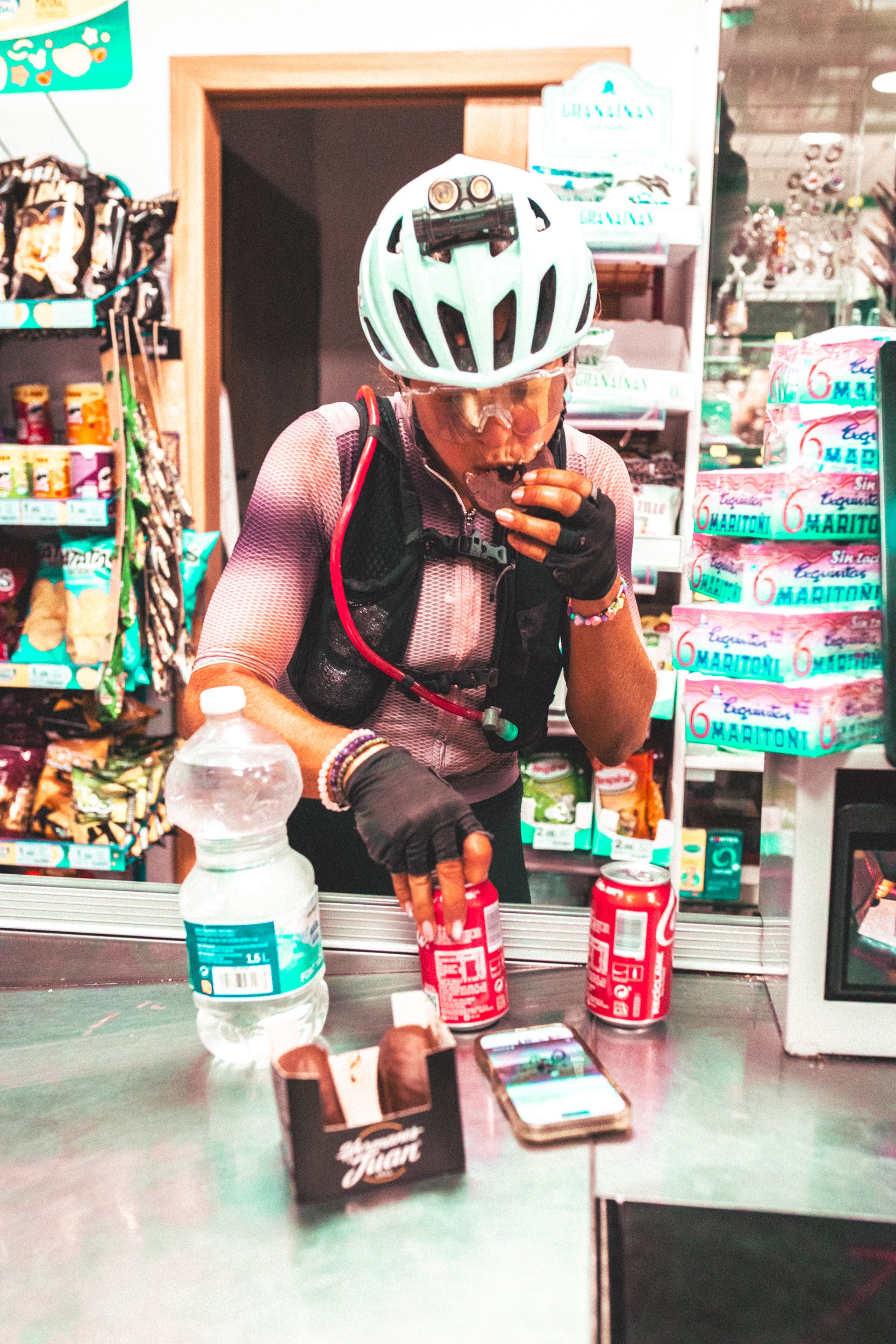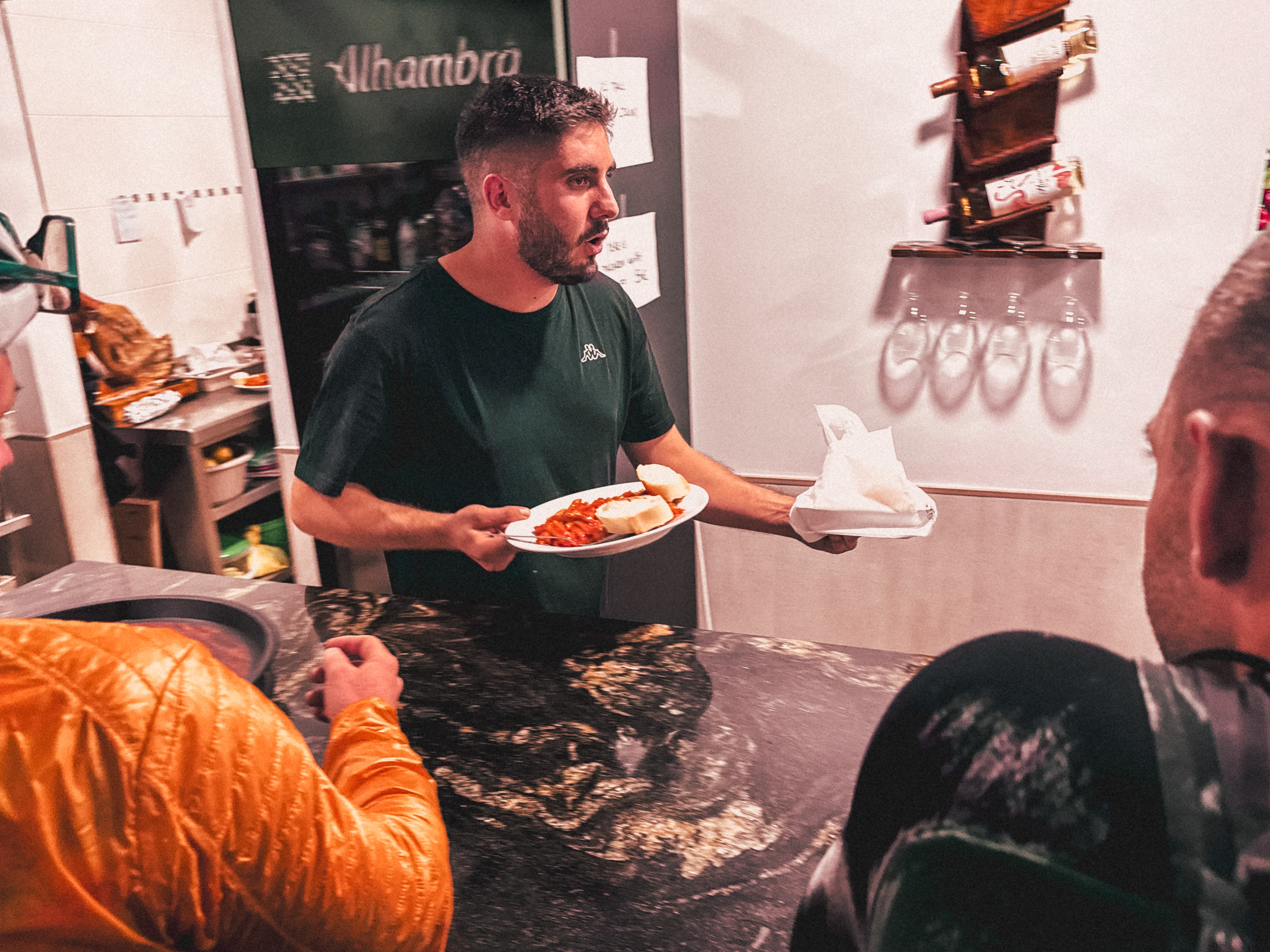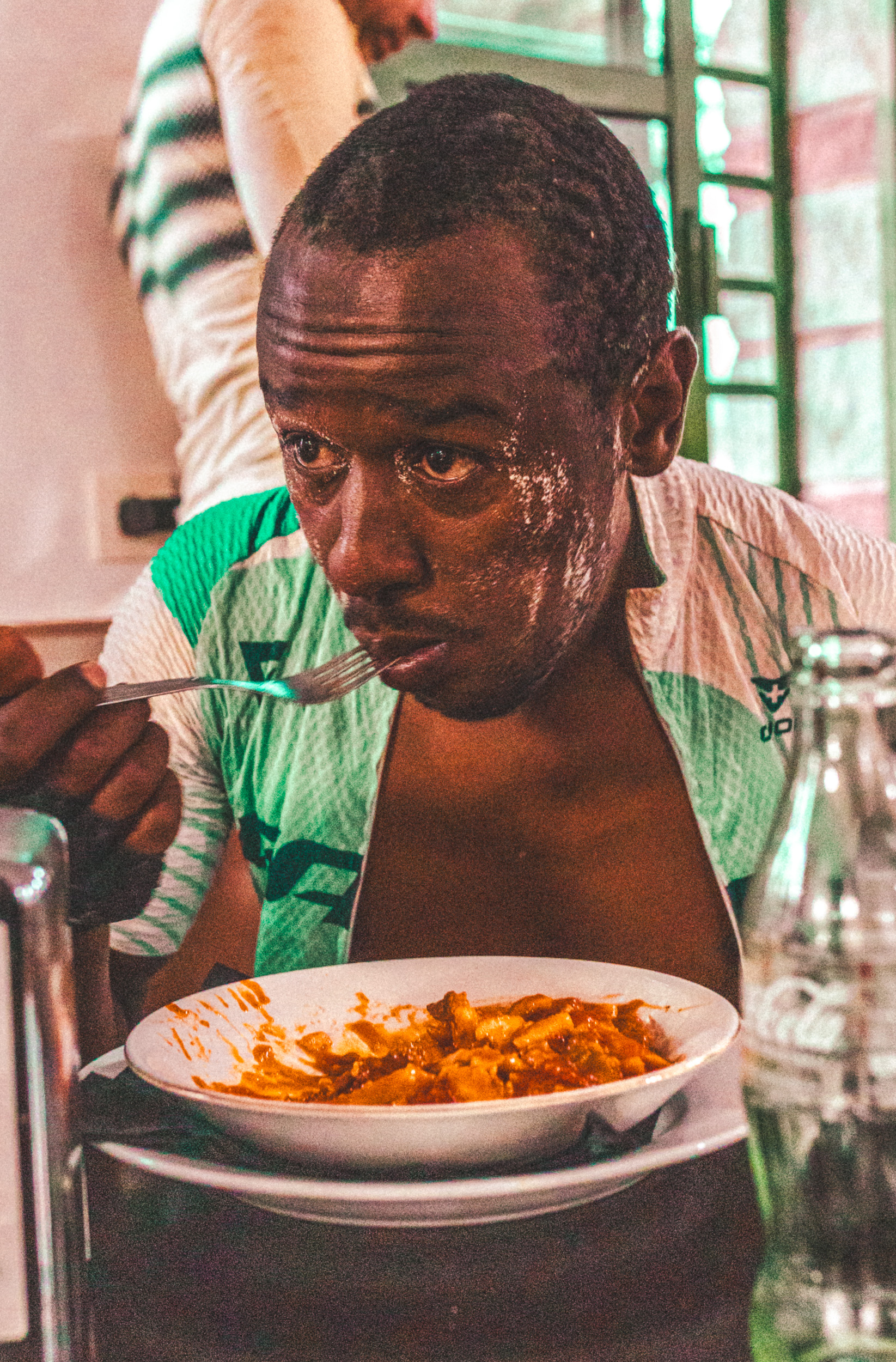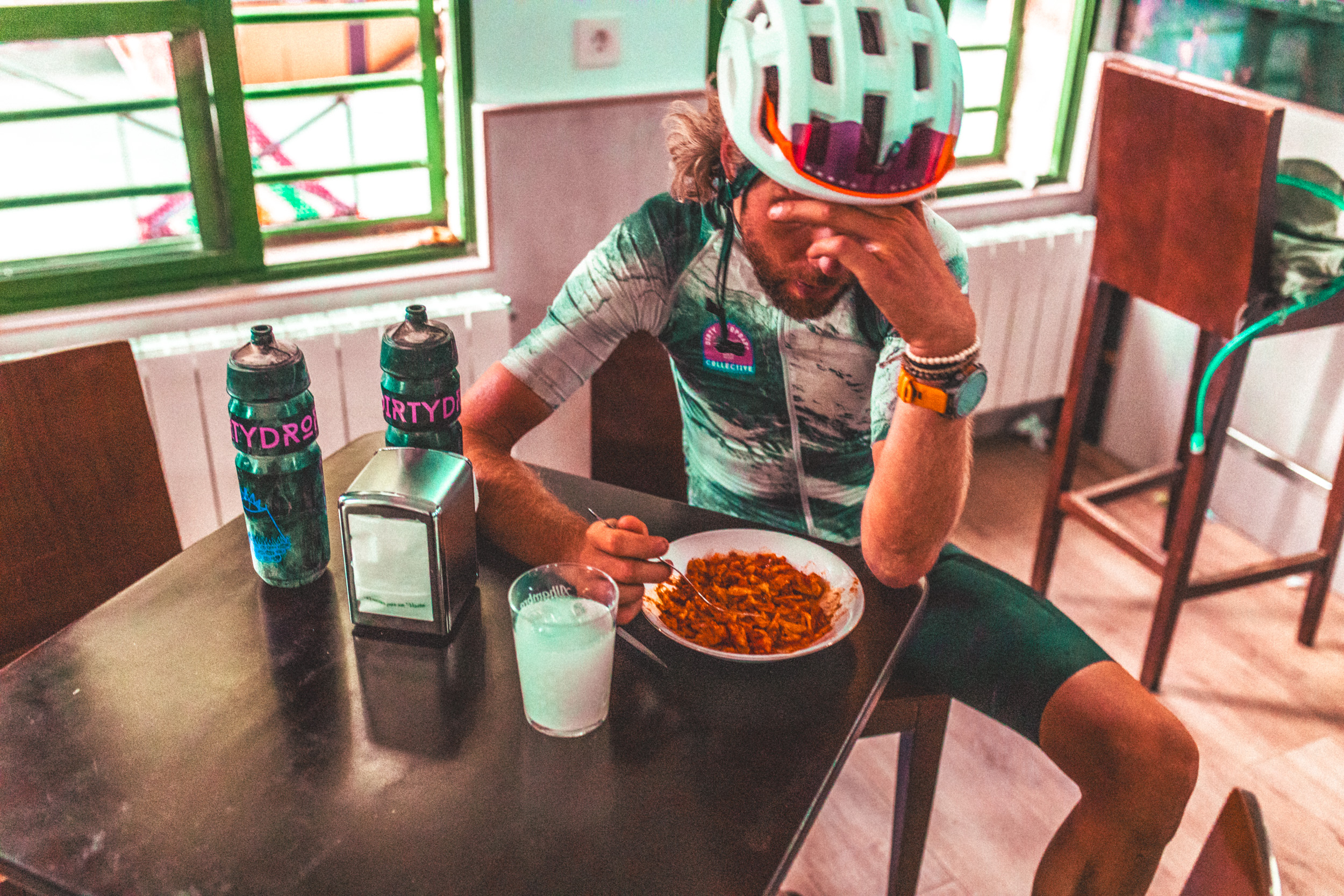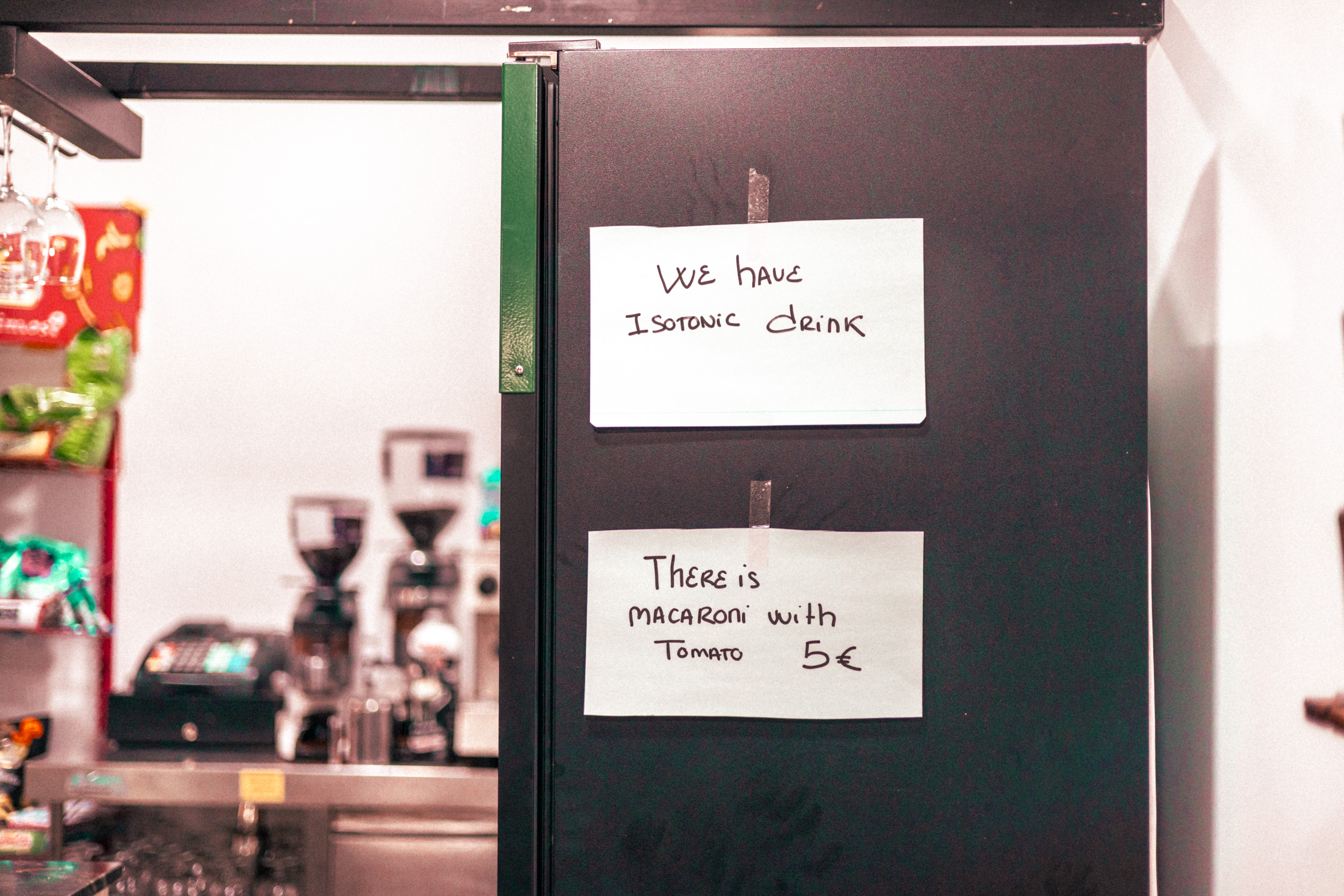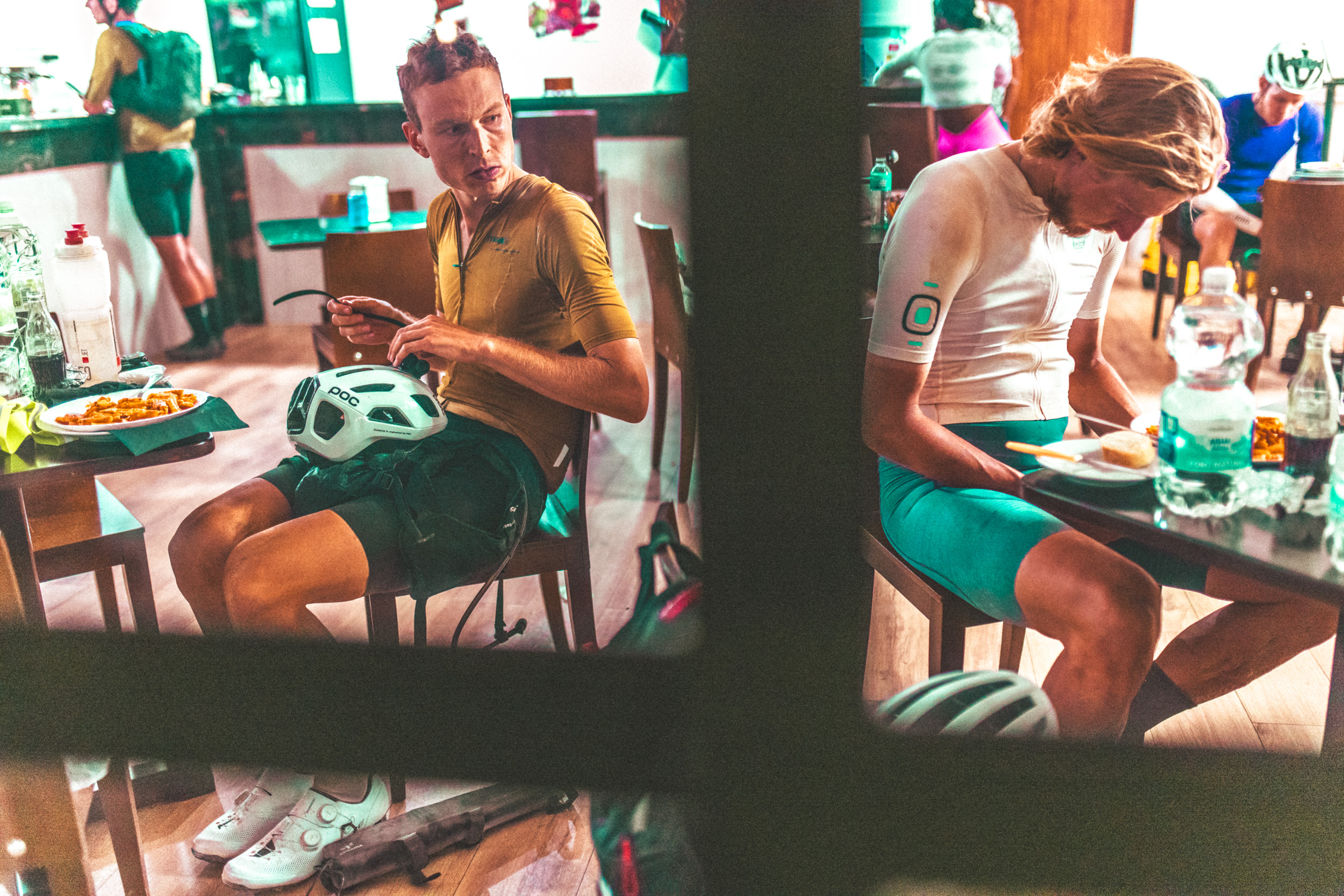As the 2025 edition of Badlands goes on with participants spread across the tough course in southern Spain, Charly Sánchez explains to us what he experienced on the first evening of the race while following Óscar Pujol with a camera on hand.
“Badlands has Gor in its DNA, and Gor has Badlands in its DNA,” commented Jose, who runs the supermarket strategically located at the entrance to the town. He said this as he was charging those who arrived at his counter looking for supplies when it was almost midnight.
Gor, at kilometer 230 of the new Badlands course, is a place many consider essential. Basically all of the participants stop to refuel after completing the preceding long stretch with few resupply points. It’s also the place to find resources for the first long night of this adventure. It’s a key moment of the race, where people must decide whether to stop to rest or resume their first day of riding under the stars.
Although Badlands is a self-sufficiency event in which participants try to carry everything they need to complete the feat from the start, it’s appreciated how the little towns on course embrace the race to try to make things easier for them.
“Over the years, the experience in this town has changed a lot,” said Óscar Pujol, third place finisher in the inaugural edition. “The first time, they barely had enough bread for the locals, and they were almost scared of receiving so many hungry cyclists. They were angry that they hadn’t been warned. Now, they’re prepared for what’s coming.”

It was funny for me to arrive in town in the afternoon. As a first-timer on this adventure, I had never heard these locals shout “Supermarket! Bar!” in English to each arriving rider, assuming they were foreigners. All while pointing left and right, giving them the option to decide where to stop for food.
Nearby, at the town bar, the terrace was packed with people listening to the festival music with David Civera playing in the background while eating tapas. All of them applauded each time a cyclist rode past.

Inside, the atmosphere was different. One could sense the fatigue, and stress among the riders, with some locals sitting and watching the spectacle that happens in town once a year.
Rafa, our other main character, returned to Gor, his girlfriend’s hometown, after 24 years in Ibiza. He’s been in charge of this bar for only two months, and says he’s used to working for this kind of people.
There is a non-stop process of boiling food in the kitchen. Lorena and Manuel work tirelessly, but they appreciate the politeness and behavior of each of the participants who waits patiently. Sometimes, they have no choice but to say “thank you for your time,” apologizing every time they have to prepare a new pot of pasta and another batch of meat.
In the background, Álex, the other waiter, runs with a shopping cart full of water to restock. That apology seems as generous to me as the signs on the refrigerator advertising the menu specifically prepared for ultracyclists.
Five hours after arriving in the village, having seen a procession of cyclists entering and leaving Gor’s bars and supermarkets, we now ask Rafa for an update on the situation.
He is overwhelmed, and estimates they’ve already used a whopping 4 kg of rice, 25 kg of pasta, 25 kg of meat, and 800 drinks. Grateful for what’s happening, Rafa and all those people returning to the rural world apply their learning and do their work with passion. This defines how incredible the race’s passage through the area is.
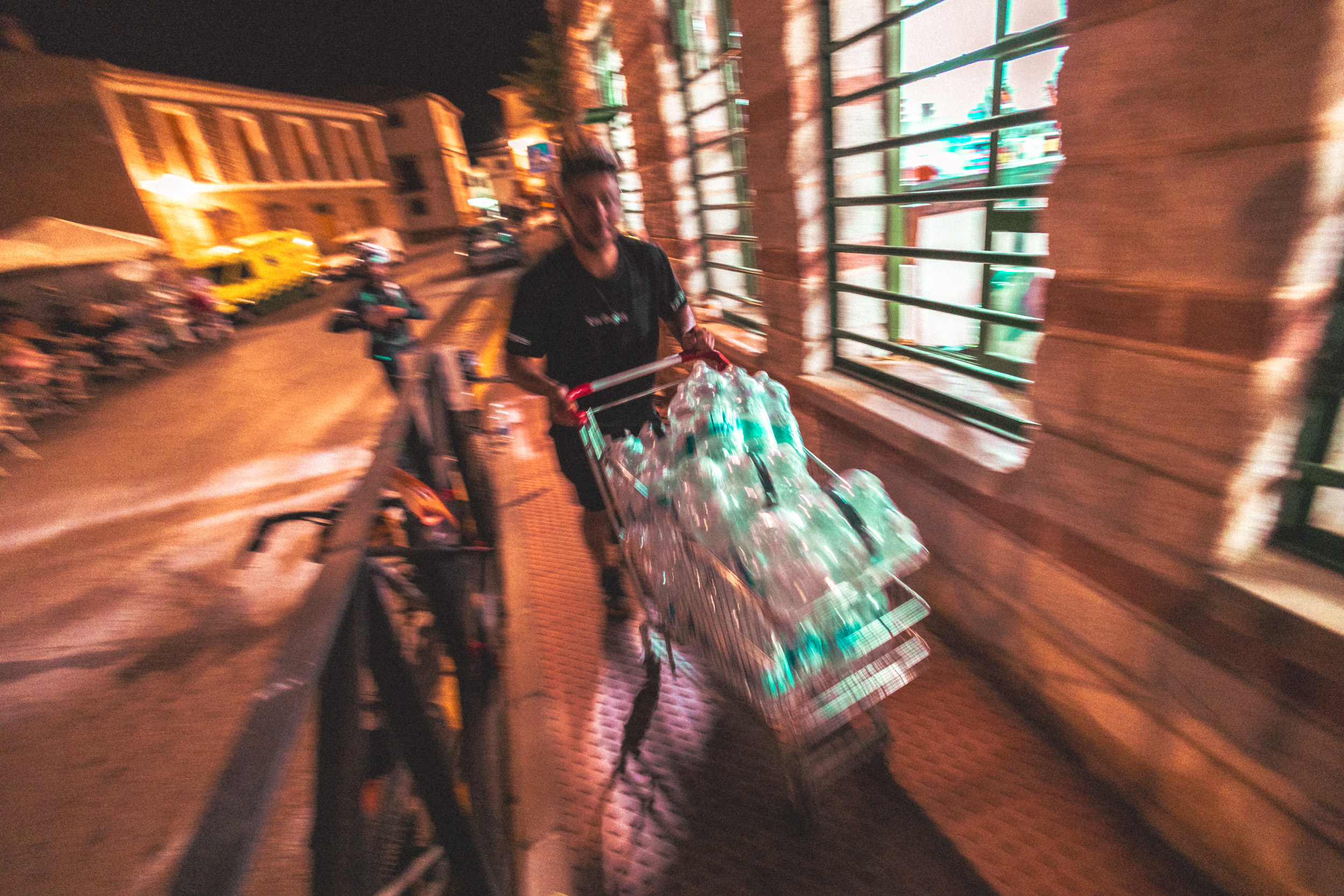
People born and raised in Gor, young or old, with the sole intention of treating people “the same way you would like to be treated.” Perhaps it’s a commitment and an unwritten rule that the locals have agreed to with the organizers of the race.
Before our visit, the organizers clearly explained the philosophy and objective behind Badlands. They also made clear the conditions for the media team to interact with the riders and respect the essence of ultracycling.
Despite the more than 2,000 applications received to take part in the 2025 edition of Badlands, the organizers seek to avoid overcrowding in a region with a certain scarcity of resources and infrastructure, promoting seasonally adjusted attendance that generates impact in this inland area of Spain far from tourist hotspots. Furthermore, the economic impact doesn’t end with the race weekend, as it turns the region into a cycling destination for those who come to experience Badlands independently during the rest of the year.
We don’t know if it came first from the faith in serving the people of Gor, or from the Badlands team’s commitment to respect them. In one way or another, the two have fit together like a glove from the beginning. So maybe José was right, “Badlands has Gor in its DNA, and Gor has Badlands in its DNA.”




